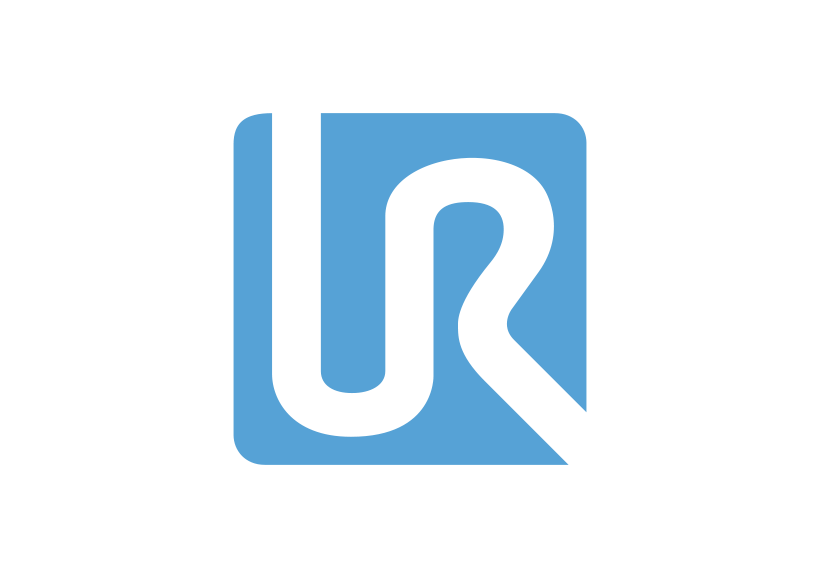#13_UR_B
Optimized motion performance (physical)

Context
UR strives to improve the quality of their cobots by utilizing cutting-edge technologies such as machine learning/AI. UR is currently investigating if machine learning can be applied to optimize the cycle time of the standard path primitives. Just between two pick & place poses, a linear path in Cartesian or joint space may not yield the best possible cycle time depending on the slowest axis. However, sharp cycle times are among the most important performance indicators delivered by robot manufacturers.
Challenge
Develop a real-time capable machine learning solution for pose-to-pose paths of a physical UR robot transporting a variety of payloads (known and unknown) which can positively impact cycle times for poses across the workspace.
To get the team started, consider the following:
- Can solutions utilize known kinodynamic motion planners?
- Can solutions exploit data from force/torque sensor to estimate payload mass and inertia?
Keywords: Motion planning, velocity profile, acceleration profile
Tools, methods and materials
The challenge can be addressed with any machine learning tool allowing for generic data as input. Regarding the methods, motion planner libraries such as the Open Motion Planning Library contain typical reference implementations for kinodynamic solvers. The selection of tools and methods is left to the team.
From UR, the team will receive an UR robot arm and documentation on how to command user-defined motions and how to access data from the force/torque sensor. In addition, UR will be available to discuss details of the challenge along the way.

